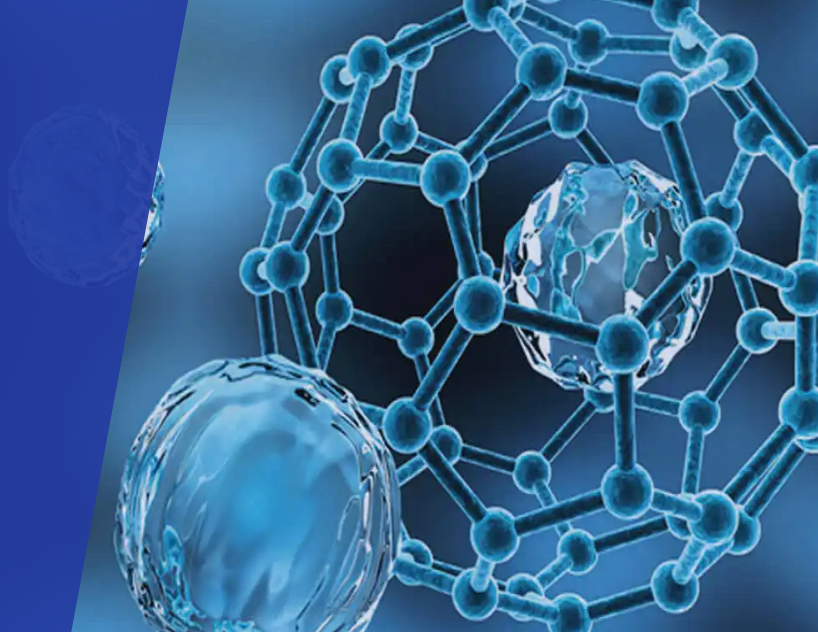Flame Retardant Chemicals Market
With the growing emphasis on safety regulations and increasing concern for fire hazards across various industries, the flame-retardant chemicals market has witnessed significant growth in recent years. According to relevant flame-retardant market analysis reports, the global flame-retardant market will be worth up to US$9.13 billion in 2023. The application fields of flame retardants are widely distributed in construction, electronics, automobiles, textiles and various consumer goods.
Important market trends:
In terms of flame-retardant products, non-halogenated flame retardants held the largest revenue share at 60.9% in 2022 and are expected to grow at the fastest CAGR of 8.0% during the forecast period.
In terms of flame-retardant applications, the polyolefin segment held the largest revenue share at approximately 26.6% in 2022 and is expected to grow at the fastest CAGR of 7.7% during the forecast period.
In terms of end-use, the electrical and electronics segment held the largest revenue share in 2022 at 38.3%. Furthermore, with the growth of the construction industry and increasing awareness about the importance of fire protection, the construction segment was another major segment accounting for 28.1% of the overall revenue share in 2020.
The Action Mechanism of Flame Retardants
Flame retardant is a very complex process. In fact, many flame-retardant systems may involve multiple flame-retardant mechanisms at the same time, including condensed phase flame retardant, gas phase flame retardant, free radical capture, cooling mechanism, and synergistic mechanism.
Condensed phase flame retardant: Flame retardant forms a condensed phase on the polymer surface at high temperatures, which isolates air, prevents heat transfer, and reduces the release of flammable gases.
Vapor phase flame retardant: Flame retardants can decompose a large amount of non-flammable gases when heated, such as CO2, N2, NH3, H2O, HCl, and HBr, which can dilute flammable gases and dilute the oxygen concentration in the combustion zone.
Free radical capture: Flame retardants capture and destroy HO· and H· free radicals generated during polymer combustion, cut off the free radical chain reaction, and control combustion.
Cooling mechanism: Flame retardants undergo endothermic dehydration, phase change, decomposition or other endothermic reactions to reduce the temperature of the polymer surface and combustion zone.
Synergistic mechanism: Utilize the interaction between flame retardants to improve flame retardant effectiveness. Effective synergistic flame-retardant systems include antimony-halogen, phosphorus-halogen, phosphorus-nitrogen and antimony-halogen systems.
Popular Flame-Retardant Chemicals
Halogenated flame retardants: Halogenated flame retardants mainly include a variety of compounds containing chlorine and bromine, which can be used to protect many types of plastics and textiles. For example, tetrabromobisphenol-A is commonly used in the manufacture of printed circuit boards, plastic and rubber products, textiles and foams.
Phosphorus flame retardants: Phosphorus flame retardants can be further divided into inorganic phosphorus flame retardants and organic phosphorus flame retardants. Most of them have the advantages of low smoke, non-toxic, low halogen, and halogen-free. Representative phosphorus flame retardants include ammonium polyphosphate (APP), phosphaphenanthrene (DOPO) and phosphate ester flame retardants.
Nitrogen flame retardants: Nitrogen-based flame retardants can be used in nylon, polyolefin, polyurethane foam and flame-retardant coatings. Melamine-based products are the most commonly used type of nitrogen flame retardants, such as melamine cyanurate and melamine phosphate.
Inorganic flame retardants: This type of flame retardant is usually a mineral or compound that releases water or other inert gases when heated. Some common examples of inorganic flame retardants include aluminum hydroxide, magnesium hydroxide, borates, and silicates.





Comments